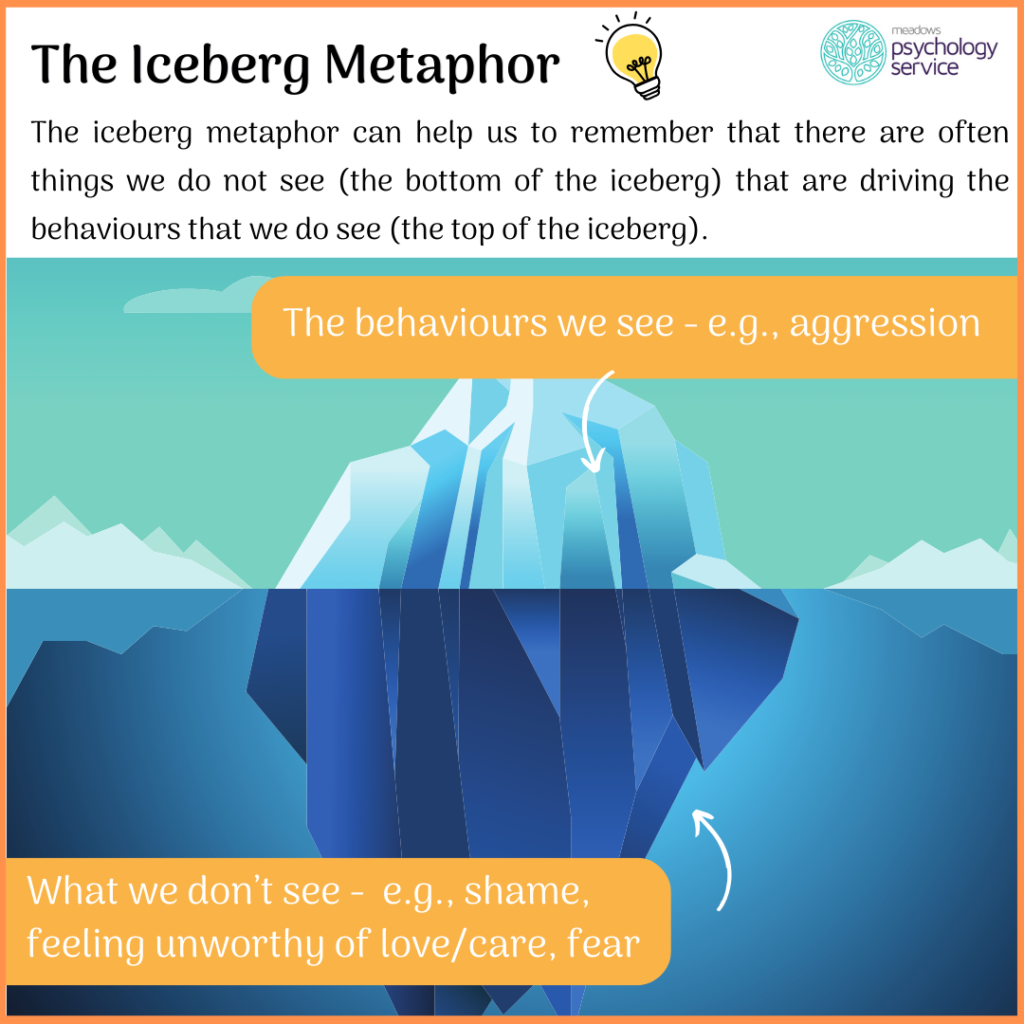Over recent years, the importance of understanding and utilising trauma-informed language has gained increasing attention.
Trauma-informed language is important in any professional or caregiving setting, but it is particularly important when working with those who have experienced significant early trauma and adversity.
Experiencing traumatic and adverse childhood experiences (such as witnessing violence or facing loss, abuse or neglect) can have a profound impact on a young person’s long-term emotional and psychological development.
Adopting language that is trauma-informed acknowledges and validates the experiences of these young people and helps the carers and professionals around them foster an environment of safety and trust.
By choosing words that are sensitive to a child or young person’s experiences, caregivers can promote healing, empower resilience and facilitate more effective communication, thus laying the groundwork for healthier relationships and more positive long-term outcomes.
What is Trauma-informed Language?

Trauma-informed language refers to the way in which we communicate with and about the individuals we care for, and it is a crucial component of trauma-informed care. Trauma-informed language emphasises empathy, support and respect for the individual’s experiences.
Key aspects of trauma-informed language include:
- Using first-person language: It is important to focus on the child rather than their trauma. E.g., “a child who has experienced trauma” rather than “a traumatised child”.
- Avoiding judgement and validating the child’s feelings: We should adopt language which avoids blaming or shaming the child. Language should instead communicate understanding and seek to validate the child’s feelings. E.g., “It sounds like that was really difficult for you”.
- Using empowering language: We should use language which encourages a child’s agency and highlights their strengths and potential for growth. E.g., “you’re learning how to express your feelings safely”.
- Ensuring clarity and transparency: It is important that we use language which is clear and honest about processes, expectations and choices to help children feel safe and informed.
- Being sensitive to triggers: We need to ensure we are aware of specific words or phrases that may evoke distressing memories, ensuring the language we use does not inadvertently re-traumatise the child.
- Being supportive and encouraging: Our language should foster hope and praise achievements and progress. We must ensure we do not focus solely on challenges.
Why is it important?
As professionals, our words are very powerful; they can be used to advocate for or undermine the children and young people we care for.
How we portray children and young people both verbally and in written documentation can characterise them in a negative way. Using negatively charged words or phrases such as ‘he is disruptive’ or ‘they are attention seeking’ overlooks the young person’s trauma experience and ignores their need to be seen, heard and valued.
A child’s behaviour is just the tip of the iceberg. It is an expression of their thoughts, feelings, and the beliefs they hold about themselves and others as a result of their early experiences.

The way that the behaviour is described can shape the way the child or young person sees themselves and the way in which others interact with them.
What we say and the way in which we say it matters. It is important that we do not use words that further alienate or disadvantage children and young people.
Negative and unhelpful words like ‘attention-seeking’, ‘clingy’ or ‘oppositional’ can serve to blame and shame the young person for their past experiences of trauma, further reinforcing a negative self-concept.
Instead, we should use language that positively interprets the young person’s needs.
Taking the time to understand how children have learned to manage and survive early trauma gives us clues as to what these underlying needs are.
Asking the question ‘why’ about behaviour can enable us to delve deeper and see the rest of the iceberg below the surface.
How to Consider Trauma-informed Language with Children and Young People?
Before talking or writing about a child’s behaviour, we must stop and consider what might be happening underneath the iceberg.
Below are some examples of how negatively charged language can be expressed in a more trauma-sensitive and trauma-informed way.
Remember, even if we are not speaking directly to the child, the way we talk or write about young people can influence the way in which we view and interact with them.

Example 1: “She is being manipulative”
First, let’s think about what might be happening underneath the iceberg:
For example, she may have difficulty articulating her feelings and using early survival patterns that she has previously learnt to keep her safe.
Once we have explored what might be happening in the moment, we can think about using trauma-informed language to helpfully communicate the child’s needs.
For example, “She is engaging in x behaviours, which may be a way for her to express feelings of uncertainty. She appears to be seeking feelings of safety…”
Example 2: “They are attention seeking”
What might be going on underneath the iceberg?
E.g., They may have an unmet need for connection or safety. They have a need to feel seen, heard and valued.
How can we use trauma-informed language to communicate this?
For example, “They are engaging in X behaviours, which may be a way in which they are trying to express their need for connection and safety.”
Example 3: “He is controlling”
What might be going on underneath the iceberg?
E.g., He is trying to seek power over the situation and create predictability to feel safe. Or he needed to be the caregiver in the past and is having difficulty moving away from this role.
How can we use trauma-informed language to communicate this?
E.g., “He is seeking feelings of safety/ predictability, boundaries or familiarity.”

Using Trauma-informed Language With Meadows Psychology
Using trauma-informed language is vital in fostering an environment that supports healing and helps build resilience in children and young people, particularly those who have experienced significant early trauma and attachment disruptions.
The words we choose and the manner in which we communicate them can have a significant impact on a child’s emotional well-being and sense of safety. To learn more about how Meadows Psychology Service can help you adopt a trauma-informed approach to working with children and young people, please get in touch today.